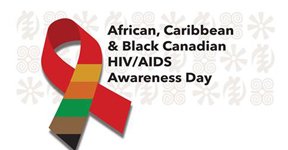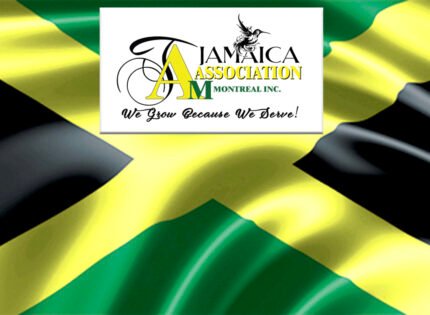African, Caribbean and Black Canadians
By: Janice Dayle
The second annual African Caribbean and Black Canadian HIV/AIDS Awareness Day will be launched nationally on February 7.
Coordinated by the Canadian HIV/AIDS Black African and Caribbean Network (CHABAC), this day aims to further the organization’s mission by heightening awareness through various events that will facilitate the sharing of information. Canadian African Caribbean and Black (ACB) community members will be encouraged to pay close attention to this year’s theme, dubbed “Use a Condom, Get Tested and Start a Conversation”, in an attempt to reverse what CHABAC has reported to be an increased vulnerability of being affected by HIV/AIDS within these communities.
Epidemiological fact sheets appearing on the Awareness Day web site give an unsettling set of statistics that indicate disproportionate infection rates within ACB communities, which are attributed to various factors, including a deep-seated lack of factual information. HIV/AIDS-related stigma and subsequent discrimination is said to further compound the problem, since myths and not facts thrive within ACB communities – leaving its members wide open to being most vulnerable to infections.
Robert Bardston, CHABAC Co-chair said, “Stigma is Public Enemy number one in the battle against the HIV pandemic; and its only through fact-based information and compassionate tolerance that we can combat this pariah called stigma.”
Inspired by the National Black HIV/AIDS Awareness Day that has been observed in the United States on February 7 every year since 1999, the Canadian Awareness Day is deemed absolutely necessary by CHABAC, as the organization has unveiled Public Health Agency of Canada (PHAC) estimates showing that while the ACB population represents 2.5% of people living in Canada, they also represent 14% of people living with HIV – or one in seven of those living with HIV in Canada.
CHABAC’S Awareness Day fact sheet shows PHAC (2014) statistics that break down this phenomenon in the following provinces in 2011: Ontario – 22.9% of new HIV infections were through heterosexual transmission among people from African, Caribbean and Black communities; Alberta – 21.2%; Manitoba 19.1%; Quebec 16.2%; Atlantic Canada 5.7%; British Colombia 3.4%; and in Saskatchewan 0.9%.
CHABAC, which is comprised of a coalition of organizations and other partners from across the country, also reports that “while Canada does not have national HIV statistics based on race, PHAC does estimate that the risk of HIV infection is six times higher among Canadians born in countries where HIV is endemic, most of which are located in Africa and the Caribbean.”
Shannon Thomas Ryan, Co-chair of CHABAC and Executive Director of the Black Coalition for AIDS Prevention in Toronto, sees first-hand the disproportionate impact of HIV among men, women, LGBTQ and young people in his community. Ryan said, “Only by talking openly and honestly about HIV can we prevent infections and support those in our community who are living with the virus.”
For more information and to see a full list of events happening across Canada, visit www.blackhivday.ca












